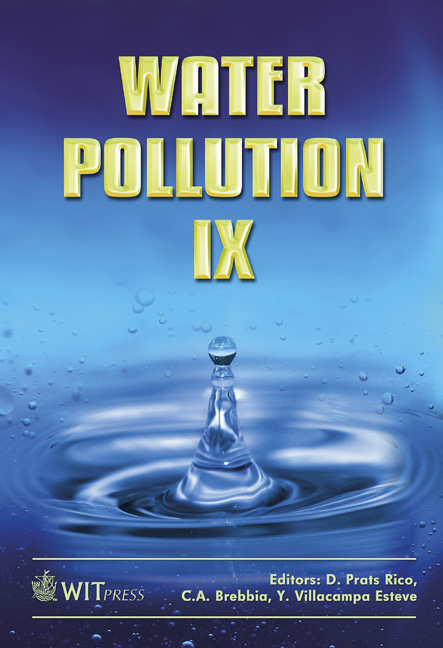Stream Rehabilitation – Impact On Water Quality And Long-term Effectiveness In An Urban Environment
Price
Free (open access)
Transaction
Volume
111
Pages
10
Page Range
33 - 42
Published
2008
Size
666 kb
Paper DOI
10.2495/WP080041
Copyright
WIT Press
Author(s)
S. Riley, S. Shrestha & M. Riley
Abstract
Shrimptons Creek is a small catchment in the suburban-commercial area of North Ryde, New South Wales, Australia. The original channel system was significantly modified by firstly agricultural, then suburban, and finally commercial development in its catchment and along the channel. Sewer lines, uncontrolled stormwater outlets, major road systems with culverts and significant weed infestation occurred over a period of more than 150 years. The opportunity was provided to rehabilitate a section of the channel and monitor the effectiveness of the rehabilitation. It is concluded that the rehabilitation impacted on the aesthetic amenity of the channel and had some limited effects on water quality. However, the failure to maintain the system, a problem identified elsewhere by the authors, has reduced the effectiveness of the rehabilitation Keywords: urban stormwater pollution, channel rehabilitation, water quality. 1 Introduction The transition of watersheds from the natural to the urban condition encompasses the removal of vegetation and canopy, compaction of soils, creation of impervious surfaces, and alteration of natural drainage networks. These actions result in increased surface runoff and a change in the hydrologic regime of the receiving water and also cause change to sediment budgets (Herricks and Osborne [1]; Henshaw and Booth [2]). Urbanisation also has many damaging impacts on the chemical and biological systems of the stream.
Keywords
urban stormwater pollution, channel rehabilitation, water quality.





